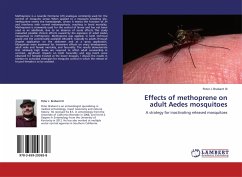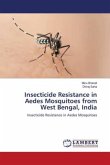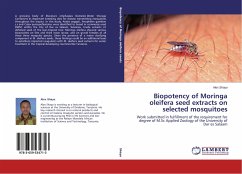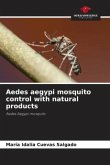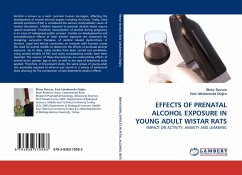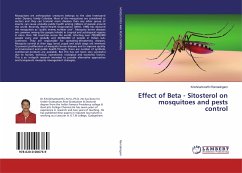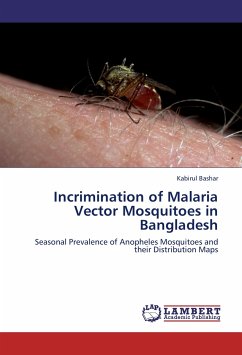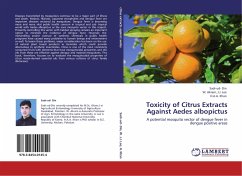Methoprene is a Juvenile Hormone (JH) analogue commonly used for the control of mosquito larvae. When applied to a mosquito breeding site, methoprene enters the haemolymph, where it mimics the function of JH and interferes with normal metamorphosis, resulting in larval mortality. Methoprene is commonly used for the control of larvae and has not been used as an adulticide, due to an absence of acute effects. This study evaluated possible chronic effects caused by the exposure of adult Aedes mosquitoes to methoprene. Methoprene was applied, in both technical grade and the commercially available Altosid®, topically to adults through droplet application on the abdomen and as a spray application. Mosquitoes were examined for treatment effects on ovary development, adult male and female mortality, and fecundity. The results demonstrate that relatively high doses are required to affect adult survivorship. In contrast, significant impacts on both fecundity and egg hatch were observed forfemales treated at the lower dosages. I discuss the results in relation to autocidal strategies for mosquito control in which the release of fecund females is to be avoided.
Bitte wählen Sie Ihr Anliegen aus.
Rechnungen
Retourenschein anfordern
Bestellstatus
Storno

